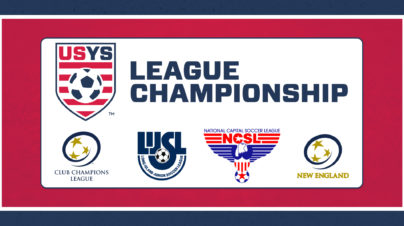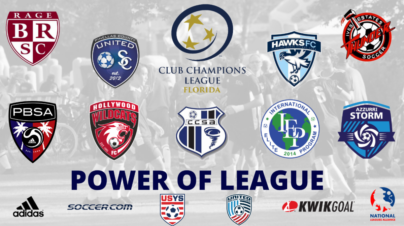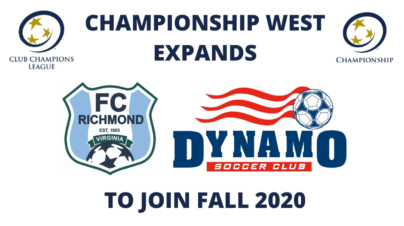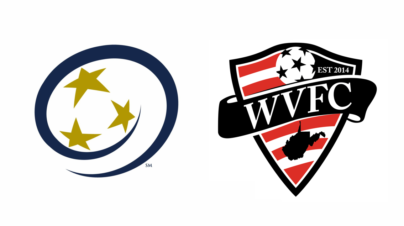CCL poised for new youth soccer era with club-centric, high school-friendly model
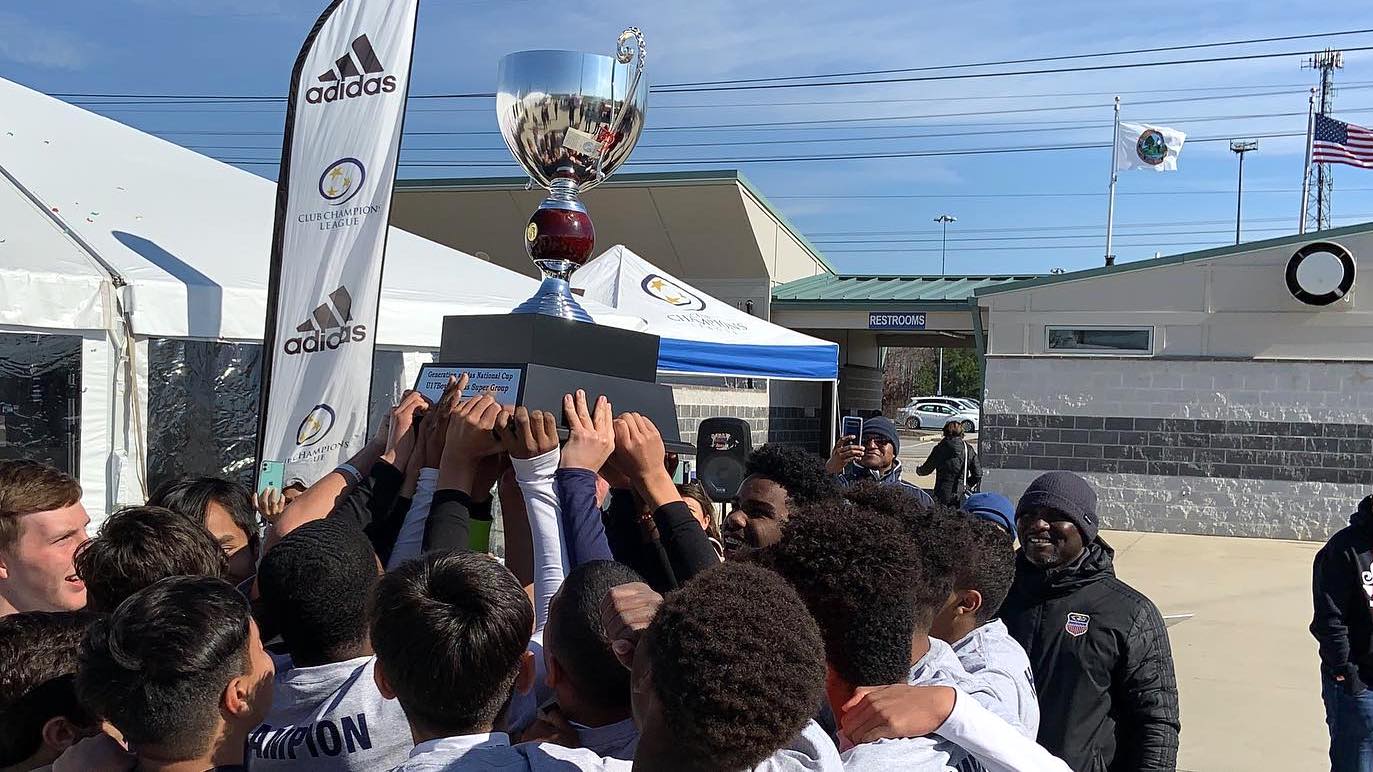
By Dan Woog (@danwoog)
Originally published on SoccerAmerica.com
Over the past few weeks, youth soccer hit the reset button. U.S. Soccer’s Development Academy crashed and burned. A new MLS-academy-type program rose from its ashes – and the league reached out to many of the same non-pro clubs it previously disdained. Then US Youth Soccer announced a strategic partnership with MLS. Offering both strong competition and an opportunity for players to also join high school teams, the Elite Clubs National League (ECNL) absorbed some former DA clubs. “Collaboration” replaced “coronavirus” as the word of the month.
The Club Champions League (CCL) could be forgiven for rolling its eyes. For over two decades, it has preached and promoted that exact pathway for player development. Founded in 1997 by five Virginia programs, it calls itself “the first club-to-club, and largest, club-based youth soccer league in the United States.” With expansion to nine states (including New England) and Washington, D.C., and over 75,000 registered youth players in four distinct competitive divisions ages 9 to 23, the CCL is a model of organization and opportunity.
The pandemic forced leagues across the country to reassess every element of operation, from fees to philosophy. Because the CCL is “club-centric,” they see no need to push that youth soccer reset button.
“Club-centric” means that the league plays a unified schedule. On game day, all teams from one club either host or travel to one other club. All matches – for boys and girls – are played at one location. That eases the burden of figuring out which parent drives which sibling where every weekend. It also cuts travel costs dramatically.
[+READ: Club Champions League announces launch of CCL Florida]
Playing all games at one site helps create a true club feeling. Younger players watch older ones, and vice versa. And because directors of coaching, technical directors and the entire coaching staff are together at one site, they can evaluate, assess and collaborate with ease. Professional coaches play a key role in the CCL. Every board of director member is a DOC or technical director, or an administrator who once held that role.
“We want to make sure every decision we make keeps the players first in mind,” says executive director Brian Kuk. “I think because our board members are all soccer professionals, they’ve got a ‘player development’ mentality.”
The full-time staff of six includes former NASL pro Darryl Gee.
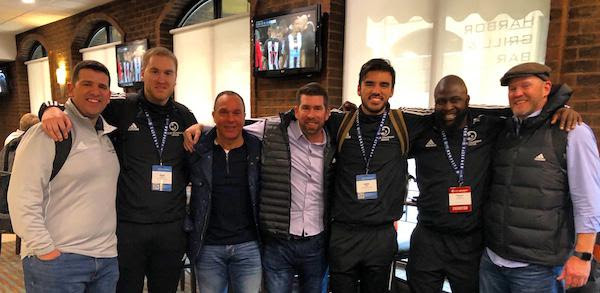
Left to right: John Barata, CCL New England director of operations; Ryan Godwin, media intern; Daryl Gee, CCL soccer ambassador; Brian Kuk, CCL executive director; Jacin Smith, events intern; Mayowa Owolabi, CCL communications director; Kevin Cash, CCL events director.
The CCL will also not have to hit the reset button in one other area that’s roiled the youth soccer world. “We’re huge, huge supporters of high school soccer,” Kuk says. “There’s no reason to take that community feeling, and those competitive aspects, away from anyone.”
CCL teams played Development Academy clubs in the Virginia/Maryland area when the boys program began in 2007, Kuk says. That stopped when U.S. Soccer prohibited such matches. “It makes no sense to drive past another club that’s 20 miles away, because you’re not allowed to play them. When competition resumes (after the COVID crisis has passed), everyone will reevaluate travel costs. The beauty of the CCL is that we’re like-minded. We want to collaborate with everyone, to figure out what’s best for families and kids.”
Make no mistake: the CCL is very competitive. Divisions include Pro23 for men and women; Premiership and Championship levels for youth (and a “Next Gen” program for U-9 and U-10). Two college showcase tournaments a year draw 160-plus coaches. Each event is included in league fees. Premiership teams also participate in an adidas-sponsored invitational tournament. The CCL is also one of four leagues pioneering the US Youth Soccer League Championship, (postponed now until 2021), and is a member of their National League Alliance.
“We will continue to talk to like-minded organizations,” Kuk says. “We think uniting youth soccer is the right approach. It’s never been done, but now is the time. Not every group wants to collaborate, but we’ve always believed it’s the best way to go. The goal should be to guide players into the best pathway for them. We’re all connected.”
American youth soccer is at an inflection point. Clubs and leagues are realigning. The costs of travel – in money and time – are being re-examined. High schools and clubs are reimagining their relationships. The reset button is being pushed.
Just like the Club Champions League did, more than two decades ago.

